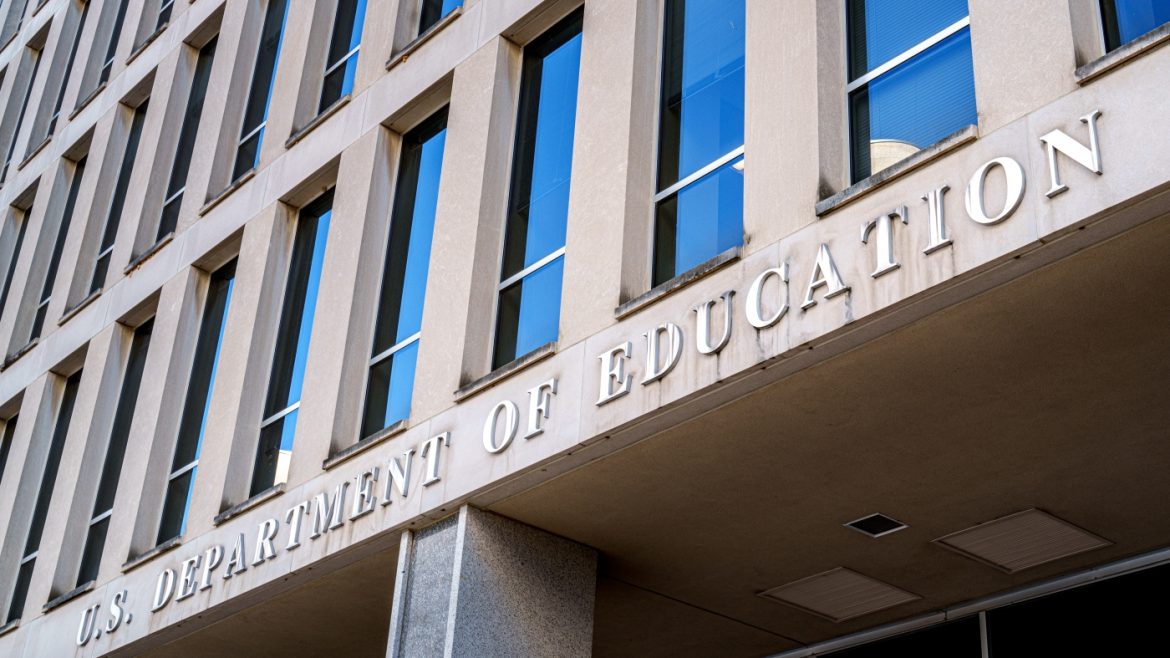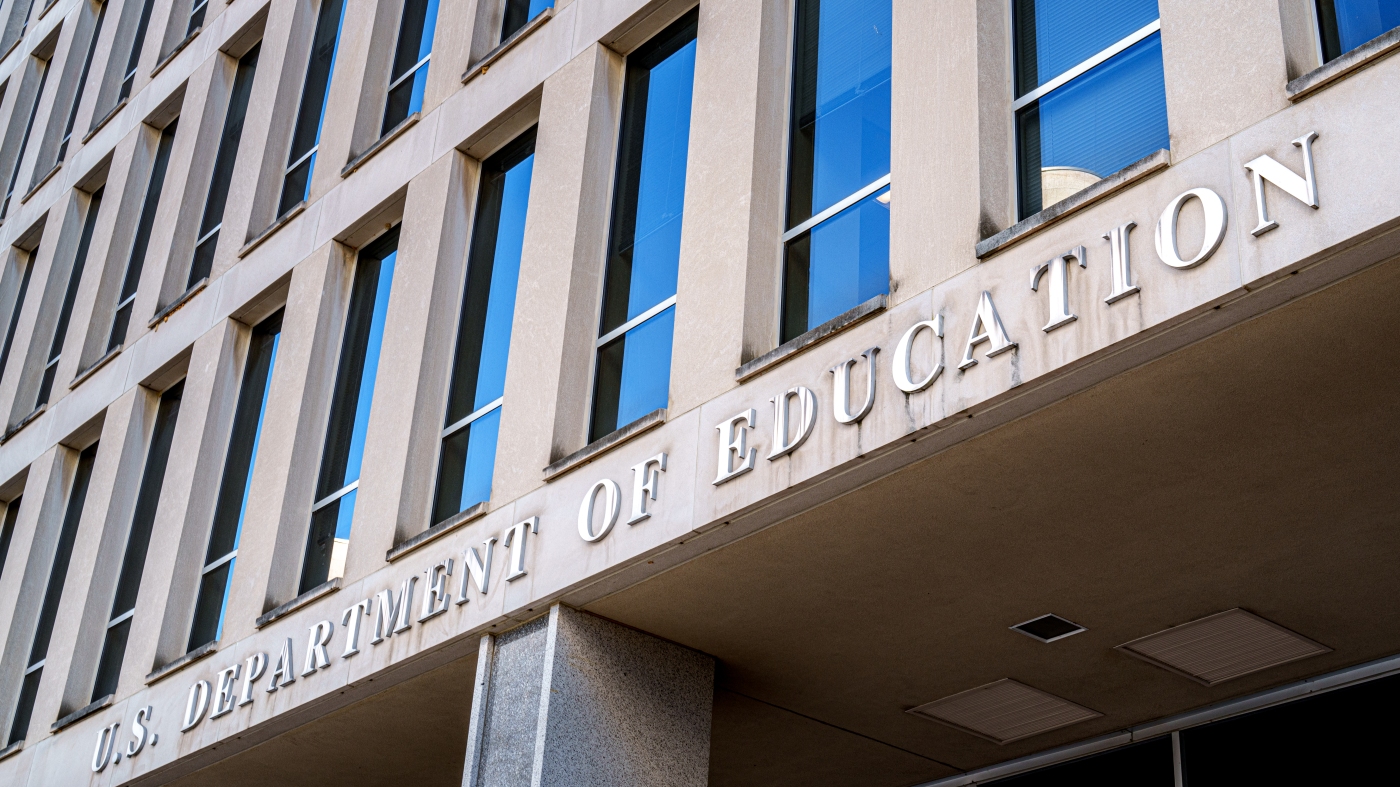The Trump administration’s decision to withhold billions in federal education grants sent shockwaves through the education community, raising questions about the administration’s priorities and the potential impact on students nationwide. This action was part of a broader pattern of policy decisions that significantly reshaped the education landscape, sparking debate and controversy among educators, policymakers, and the public.
The scale and scope of the withholding were substantial, affecting over $6 billion in federal education grants that were slated to be distributed to states. Some reports suggest the figure could be as high as $6.8 billion, representing more than 10 percent of the federal K-12 education funding allocated to states. The funds were originally intended for various programs supporting essential educational services, including migrant education, after-school programs, English language learners, teacher training, and counseling and psychological services.
The Trump administration argued that the withholding was necessary to review the programs’ priorities and ensure they aligned with statutory requirements. They also expressed a desire to give states more control over federal funds and reorient the education system. Furthermore, the administration’s proposed FY 2026 budget had already suggested eliminating several of the affected grant programs, indicating a broader intention to reduce federal spending on these initiatives. Some reports also suggest that the administration sought to repurpose federal money to expand school choice programs, reflecting a commitment to promoting alternatives to traditional public schools.
Another justification offered by the administration revolved around concerns about “divisive” content in teacher training programs, leading to cuts in grants related to diversity, equity, and inclusion (DEI) initiatives. This decision was part of a broader pattern of policy decisions under the Trump administration that significantly impacted the education landscape. These included proposed budget cuts, deregulation, and an emphasis on school choice initiatives, such as charter schools and voucher programs, as alternatives to traditional public schools.
The impact of the withholding of these funds was significant, creating challenges for school districts across the nation. Many districts rely on federal grants to supplement their budgets and provide critical services to students. The sudden loss of funding forced them to make difficult decisions, such as cutting programs, reducing staff, and delaying investments in technology, infrastructure, and other improvements. The impact was particularly acute for districts serving low-income communities and students with special needs, who rely more heavily on federal funding to provide adequate educational opportunities.
The Trump administration’s decision to withhold the funds faced legal challenges and political opposition. Several states and advocacy groups filed lawsuits, arguing that the administration lacked the authority to unilaterally redirect funds that had been appropriated by Congress. The Supreme Court intervened in some cases, allowing the administration to proceed with cuts to teacher training grants while legal challenges were ongoing. These legal battles highlighted the complex interplay between the executive and legislative branches in determining federal education policy.
The withholding also sparked criticism from Democrats and some Republicans in Congress, who accused the administration of undermining public education and harming vulnerable students. The decision to withhold billions in education grants represents a missed opportunity to invest in the future of our nation’s students. These funds could have been used to improve teacher quality, expand access to early childhood education, address achievement gaps, and prepare students for the future.
The Trump administration’s decision to withhold billions in education grants had a profound and lasting impact on schools, students, and the broader education landscape. It highlighted the importance of federal funding for public education, the challenges faced by school districts in times of fiscal uncertainty, and the ongoing debate over the role of the federal government in education policy. The ramifications of this decision will continue to be felt for years to come, as schools grapple with the long-term consequences of reduced funding and students miss out on opportunities to reach their full potential. This action serves as a stark reminder of the power of policy decisions to shape the future of education and the lives of countless students.


